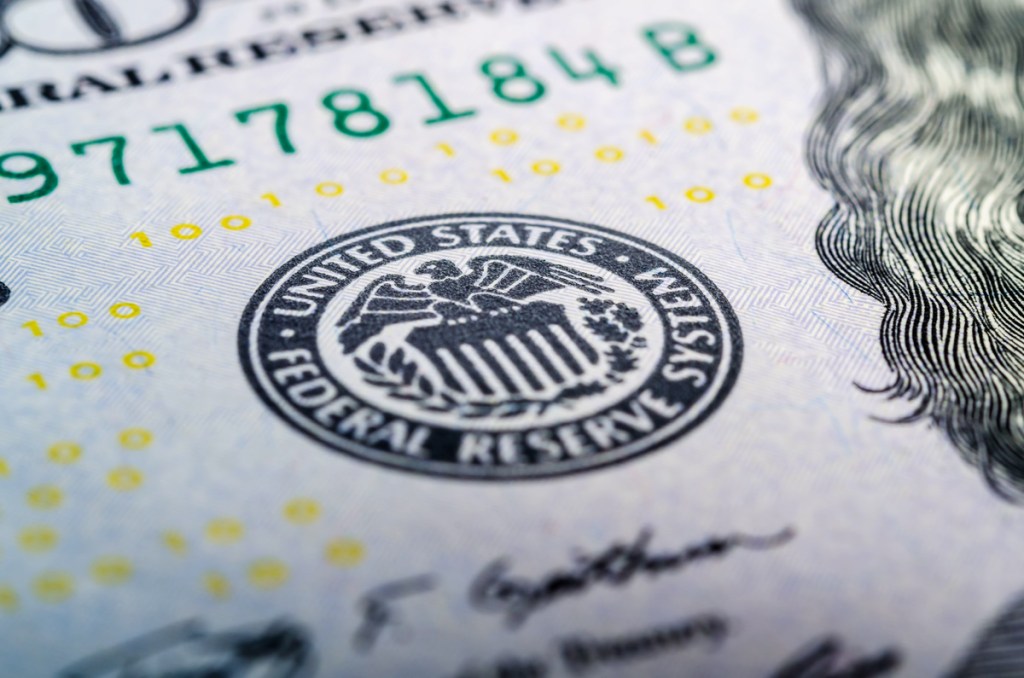The Federal Reserve is considering abandoning its longtime strategy of using its benchmark rate to pre-emptively prevent inflation from rising above its 2% target. That could be the death knell for rock-bottom mortgage rates.
Fed Chairman Jerome Powell said at a news conference last week that the central bank was close to wrapping up a review of its policy-making strategy that began in 2019. The results will be announced “in the near future,” Powell said.
If the Fed allows inflation to rise above its current 2% target, it would put upward pressure on mortgage rates because investors who buy fixed assets use inflation as the mainstay of their calculation that determines the yield, or return, they are willing to accept.
Because higher inflation eats into bond yields, investors demand a higher return for the mortgage-backed securities and other bonds they buy in when inflation is rising. That also boosts yields on Treasuries, which are used as a benchmark for MBS investors.
Currently, the problem facing the Fed is sub-target inflation, as the COVID-19 pandemic curbs the consumer spending that accounts for about 70% of America’s GDP. In June, the so-called “core PCE,” the Fed’s preferred inflation gauge that measures consumer prices without volatile food and energy costs, rose 0.95% from a year earlier.
If there’s a change in strategy, it would only kick in when the U.S. economy is recovered enough to cause prices to rise. That’s not going to happen until the COVID-19 pandemic is brought under control, Powell said last week.
The U.S. has 4.8 million confirmed COVID-19 cases and more than 157,000 fatalities as of Wednesday, according to data from Johns Hopkins University. That means that the U.S, with 4.2% of the globe’s population, has 26% of the world’s infections and about 22% of the deaths.
“The path forward for the economy is extraordinarily uncertain and will depend in large part on our success in keeping the virus in check,” Powell said at the press conference. “Indeed, we have seen some signs in recent weeks that the increase in virus cases and the renewed measures to control it are starting to weigh on economic activity.”
The current U.S. strategy, which has state and local governments dealing with the virus in a patchwork fashion, will suppress economic growth for a year or more and lead to an increase in bankruptcies, Neal Kashkari, president of the Federal Reserve Bank of Minneapolis, said during a Sunday appearance on CBS’ Face the Nation.
“If we were to lock down hard for a month or six weeks, we could get the case count down so that our testing and our contact tracing was actually enough to control it the way that it’s happening in the Northeast right now,” Kashkari said. “That’s the only way we’re really going to have a real robust economic recovery.”






